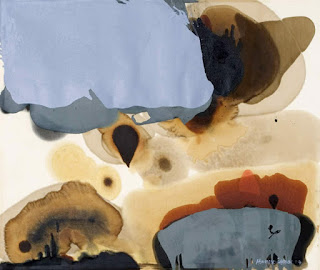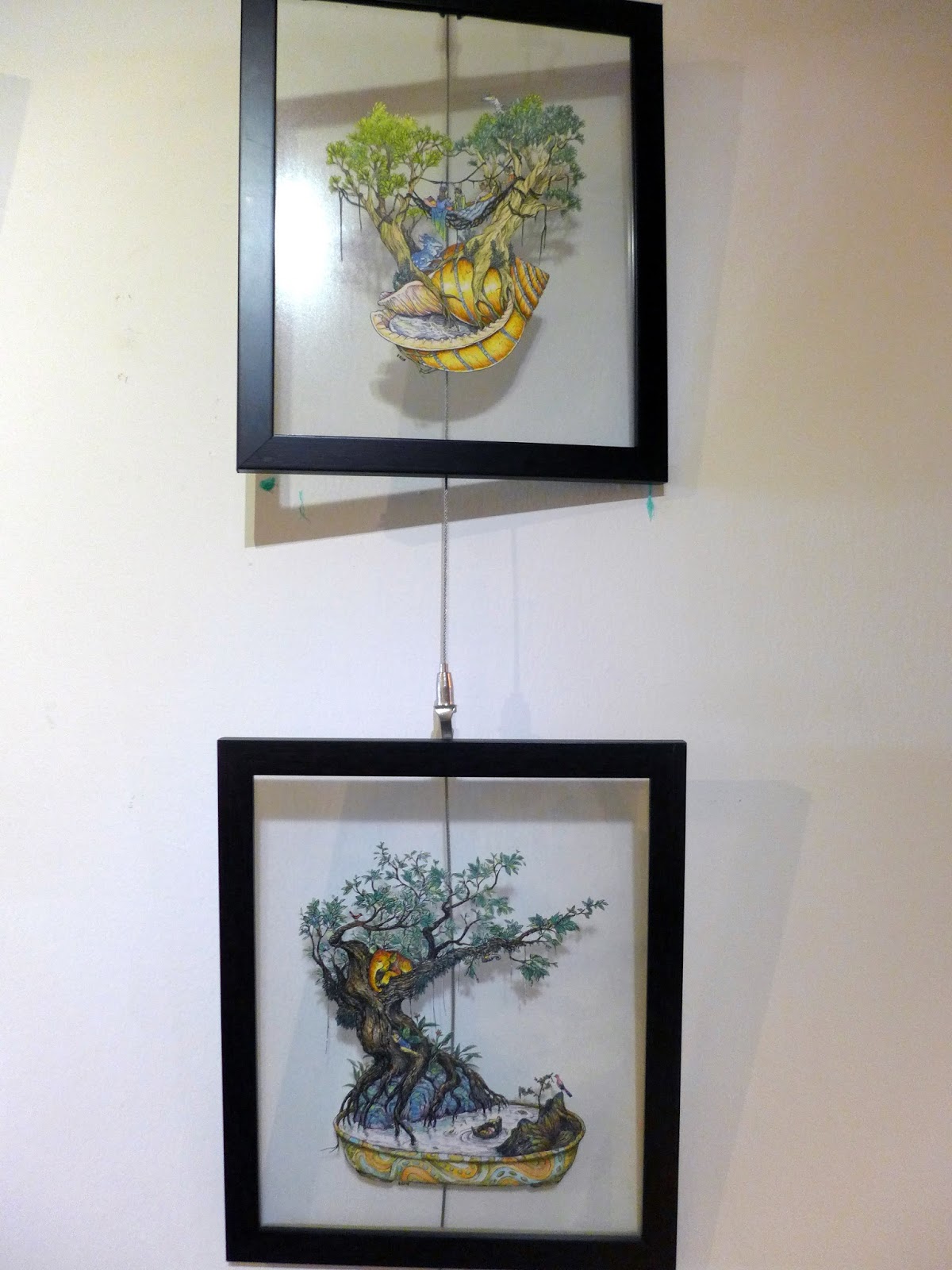(Collecting? Buying? Acquiring?) Art

“A subject matter that I am contemplating nowadays and that I am personally concerned with is the nature of a collection and the status of a collector. When talking about collections, we have to distinguish the differences between building a collection and owning a collection . While when we talk about collectors, we have to distinguish being a collector and becoming a collector . So, here we have four keywords: to build, to own, to be and to become . In the case of collectors, of which I am not one (and it annoys me all the time), we have: to build and to be . Someone who is a collector and wants to build a collection has an idea from the very beginning. Once he sets off his adventure, he has no other ambition than to make the collection as complete, complex and exemplary as possible. Is this a vice or a virtue? I don’t know.” - Brussels collector Herman Daled, interview with Selina Ting, InitiArt Magazine, Paris, 6 October 2011 Hamidi Hadi - Embryo (2005) Why does

